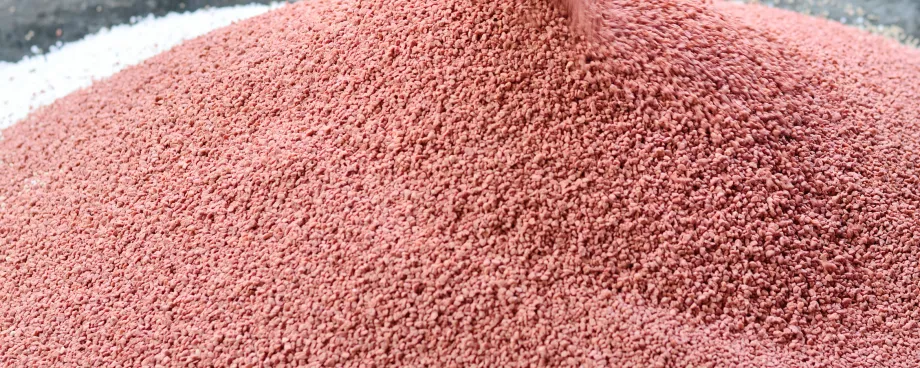| C/M/R substances Materials | Classified as category 1 or 2 carcinogens, mutagens or toxic to reproduction. (Related to points 29, 30 and 31 pf Annex 1 of Directive 76/769/EEC. (A Consolidated, 100 page, list of materials is given ). |
| coagulant | An agent causing coagulation./td> |
| colloid | A state of matter comprising a system with two or more phases, in which one phase exists as discrete particles of the order of 100 to 100,000 nanometers densely permeating a continuous phase. Physical characteristics related to the enormous surface area of the bulk tend to dominate the behaviour of such materials. |
| compression index | The slope of the linear portion of the pressure-void ratio curve on a semi-log plot. |
| compressive stress | A normal stress that tends to shorten the body to which it is applied, in the direction in which it acts. In solids, the effect is termed compaction. |
| consolidation | The reduction in volume of a bulk particulate mass resulting from the effect of gravity over time, or of a compacting stress. It is useful to consider consolidation as a state, rather than a process of volume reduction, which is better distinguished by the term ‘compaction’. |
| creep | A slow, plastic deformation under stress lower than the failure stress. |
| critical density | The unit weight of a unit volume of a granular material that will deform in a specific state of stress without change of volume. Below this value of density the bulk will gain strength when subjected to deformation, i.e. it is under-consolidated, and above which it will loose strength when deformed, an over-consolidated condition. Critical density reflects the condition of a material in instantaneous equilibrium during gravity flow. |
| deliquescent | The ability to absorb moisture from the atmosphere, to the extent that the product dissolves in the absorbed fluid. |
| dilatant suspension | A material that increases in shear strength with the rate of shear. |
| dilatation | A conditions of expanded particulate structure that may be brought about by such as agitation, aeration or shear. The opposite of compaction. |
| disintergrant | Materials incorporated within compacts of dry powders or granules to promote separation to the primary particles, on addition to a liquid. |
| elastic limit | Point on the stress-strain curve beyond which deformation will not fully recover on the removal of stress. |
| elastic state of equilibrium | State of stress within a stressed mass when the internal resistance to permanent deformation is not fully mobilised. |
| elastic strain energy | Potential energy stored within a strained solid equal to the work done in deforming the solid from its unstrained condition, less any energy dissipated by inelastic deformation. |
| elasto-plastic | A deformation that will partially recover on relaxation of the applied stress |
| emulsion | A dispersion of immiscible liquids. |
| entrainment pattern | The flow velocity contours that are generated over the cross section of the interface from a hopper outlet by a feeder used to discharge the container. |
| equivalent surface level | The level that the contents of a hopper would reach if the material were evenly spread across the surface. |
| failure | A state of dis-equilibrium brought about by stresses exceeding the elastic limit of deformation of a powder compact. (See shear failure, yield). |
Glossary of Terms in Powder & Bulk Technology
1.3 General Terms
Page 2 of 7





